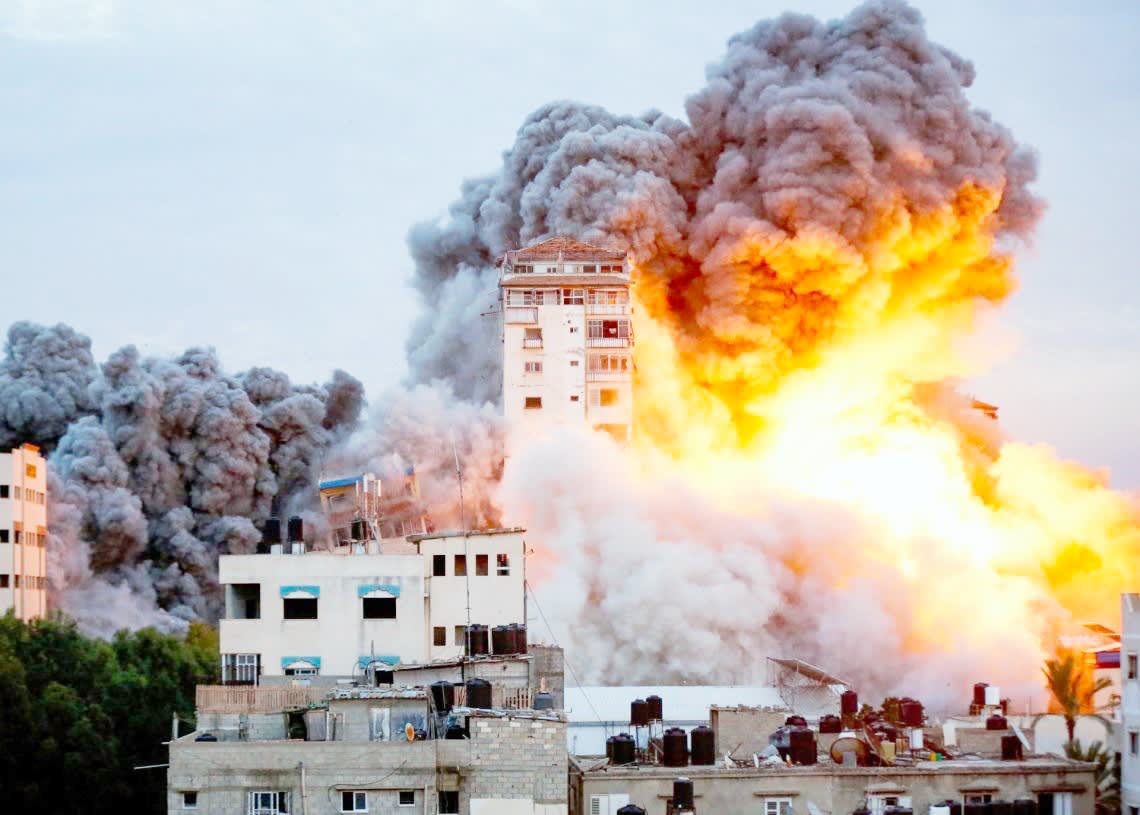With the escalating Israeli bombardment on the Gaza Strip, the Palestinian Civil Defense reported that the Israeli army carried out a series of intense airstrikes targeting residential apartments, tents, and overcrowded houses of displaced persons, resulting in the death of approximately 79 martyrs within 24 hours.
Warplanes also bombed a residential apartment in the city of Khan Yunis in the southern Gaza Strip, causing casualties and injuries, in addition to targeting homes in the town of Jabalia in northern Gaza, and the Nusseirat camp in the central Gaza Strip.
Amid the escalation, heavy artillery shells continued to target densely populated areas of displaced persons such as the Safati, Sultan, Tel Al-Zaatar neighborhoods, and the vicinity of the Indonesian and Al-Awda hospitals in the northern Gaza Strip, where the Israeli army has imposed a strict siege on these hospitals for the fourth consecutive day, hindering the necessary medical care for the injured and medical staff.
On the ground, the Israeli army expanded its ground operations in the northern Gaza Strip, demanding the immediate evacuation of residents in the Safati area, indicating preparations for establishing a new military axis similar to the "Morag" axis in southern Gaza.
Meanwhile, the army allowed a limited number of humanitarian aid trucks to enter through the Kerem Shalom crossing, despite increasing international calls to fully open the crossing to facilitate the arrival of essential supplies.
These developments come in the context of Israel resuming its war on the Strip since last March, launching a new phase of incursions to pressure Hamas to make concessions during stalled negotiations and release Israeli prisoners, with Israeli officials announcing that the plan aims to control most areas of Gaza without withdrawing from them.

